The use of shipping containers has surged dramatically in the past few years, as entrepreneurs and businesses discover their versatility. They serve as storage units, mobile offices, and even livable spaces. However, a common question arises: “Can I put a shipping container on a trailer?” In this article, we will explore the complexities surrounding this question, examining the feasibility and considerations involved in placing a shipping container on a trailer.
Understanding Shipping Containers and Trailers
Before delving into the specifics, it’s critical to understand how shipping containers and trailers function independently and together.
Shipping Containers: Types and Purposes
Shipping containers are robust metal structures designed for transporting goods across seas and continents. They come in various sizes, typically ranging from 20 to 40 feet long. Some common types include:
- Standard Containers: Ideal for most shipping needs.
- High Cube Containers: Offer extra height, making them suitable for taller items.
- Refrigerated Containers (Reefers): Used for perishable goods requiring climate control.
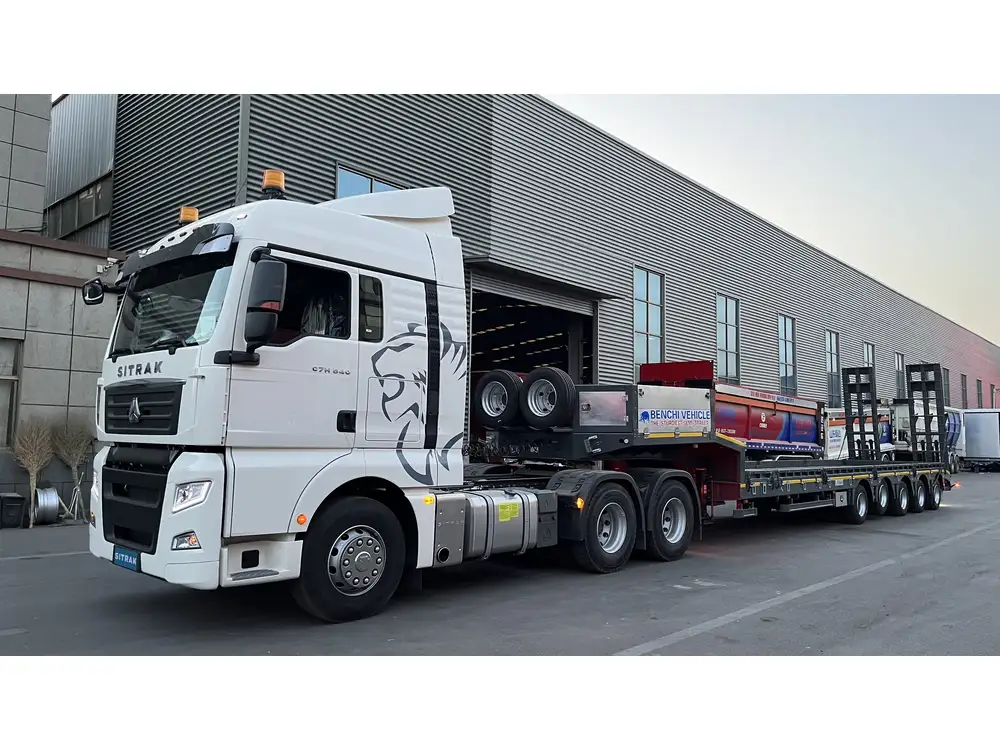
Trailers: Types and Functions
Trailers are vehicles designed to be towed behind trucks for transporting goods. Various types of trailers serve different purposes:
| Type of Trailer | Description |
|---|---|
| Flatbed Trailer | Offers a flat, open surface ideal for various loads. |
| Enclosed Trailer | Protects cargo from elements; suitable for sensitive items. |
| Gooseneck Trailer | Provides increased weight capacity and stability for larger loads. |
| Lowboy Trailer | Designed for transporting heavy equipment, with a lower deck. |
Factors to Consider: Is It Legal and Practical?
To determine whether putting a shipping container on a trailer is a viable option, several factors must be considered:
1. Legal Regulations
Before proceeding, it is essential to check local laws and regulations regarding transporting a shipping container on public roads. Here are some legal considerations:
- Weight Restrictions: Each jurisdiction has weight limits for trailers on roads.
- Permit Requirements: Some areas may require permits for oversize loads.
- Zoning Laws: Regulations may dictate how and where a shipping container can be used.
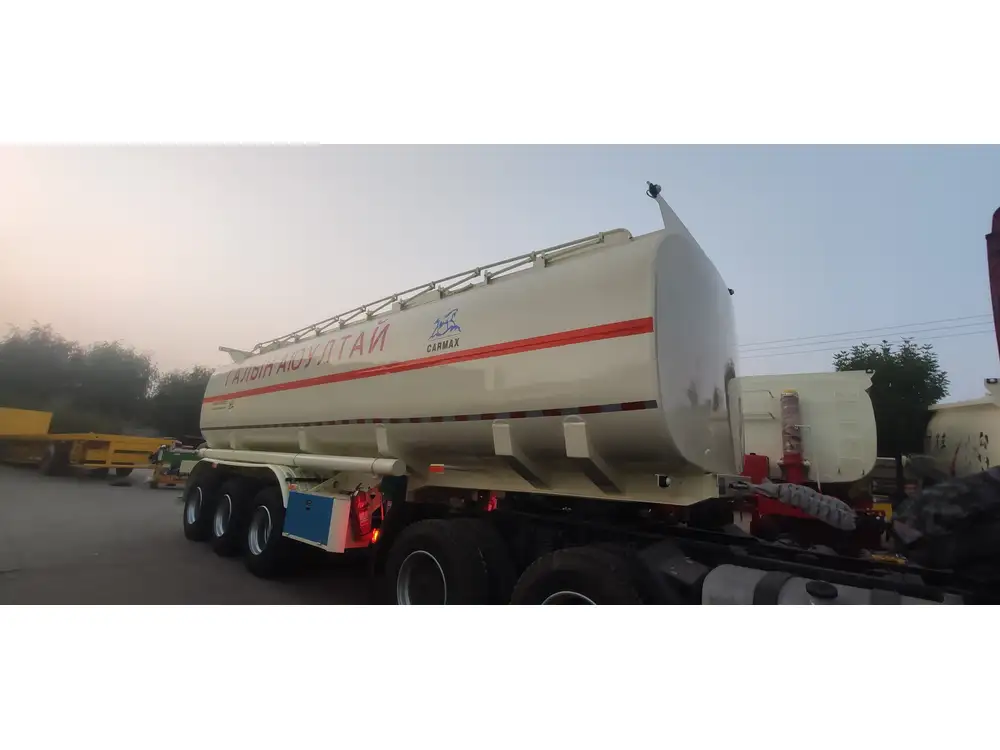
2. Weight and Size of the Container
The type and weight of the shipping container play a crucial role in determining whether it can be safely placed on a trailer. A standard 20-foot container can weigh around 5,000 pounds when empty, while the 40-foot variant is typically around 8,000 pounds. It’s essential to consider the trailer’s capacity:
- Flatbed Trailers: Typically can handle up to 48,000 pounds but must verify weight capacity against laws.
- Gooseneck Trailers: Generally suitable for heavier loads but check individual specifications.
3. Trailer Specifications and Suitability
Not all trailers are created equal. For a shipping container to be safely transported:
- Flat Surface: Ensure the trailer provides a flat, stable surface.
- Tie-down Points: Look for trailers with anchor points for securing the container.
- Tires and Suspension: Adequate suspension and tires are vital for transporting heavy loads, especially over long distances.
Methodology: How to Safely Place a Shipping Container on a Trailer
Assuming legal considerations are met, ensuring the following methodology can facilitate the effective transport of a shipping container.
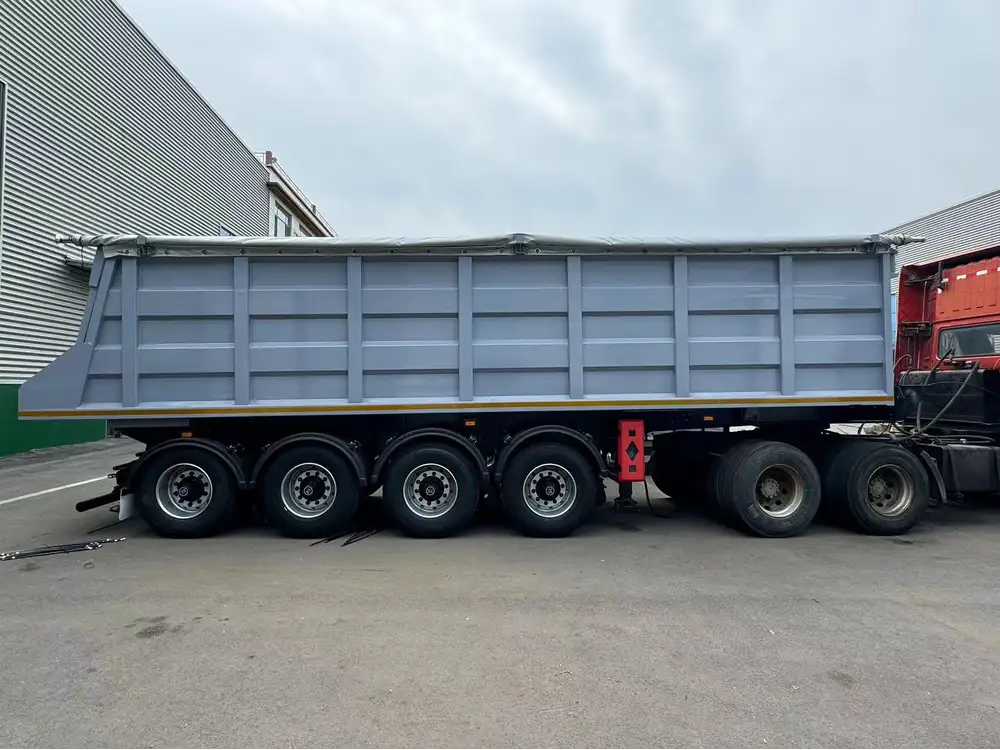
Step 1: Planning
Careful planning is essential before attempting to load a shipping container on a trailer.
- Site Inspection: Evaluate the area where the trailer will be loaded.
- Equipment Preparation: Ensure that you have the right equipment — such as forklifts or cranes — for lifting the container.
Step 2: Securing the Right Trailer
- Choose the Right Trailer: Select a flatbed or gooseneck trailer that meets the container’s specifications.
- Check Weight Limits: Validate the trailer’s ability to carry the container’s weight, factoring in potential cargo.
Step 3: Loading the Container
- Use Heavy Equipment: Employ a forklift or crane to lift the container onto the trailer.
- Position Correctly: Ensure that the container is centered and balanced on the trailer to avoid swaying.

Step 4: Securing the Container
- Use Tie-down Straps: Secure the container to the trailer using heavy-duty straps to prevent movement during transit.
- Check Stability: Ensure that the container is stable before setting off.
Potential Issues and Solutions
While transporting a shipping container on a trailer may initially appear straightforward, several potential issues can arise:
1. Overweight Loads
Problem: Exceeding weight limits can lead to fines or safety hazards.
Solution: Always weigh the container and the trailer combined before transport. Utilize scales designed for heavy loads.
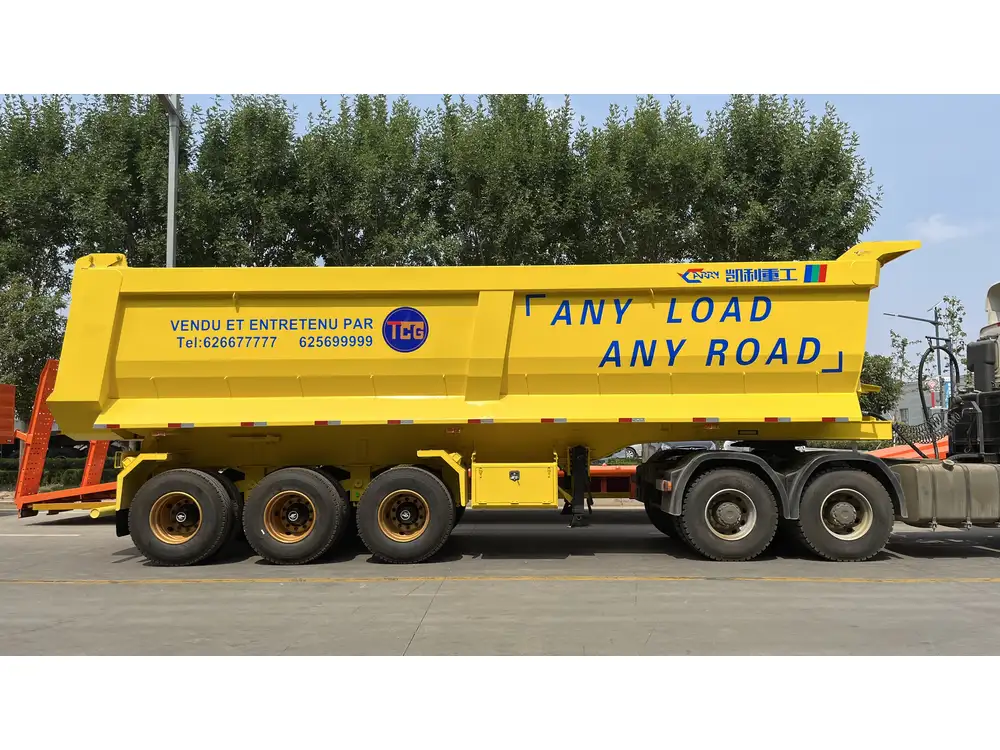
2. Damage During Transport
Problem: Shipping containers can sustain damage if not secured properly.
Solution: Inspect the loading process and use appropriate securing methods to mitigate potential shifts.
3. Local Road Restrictions
Problem: Some roads have restrictions that may ban oversize loads.
Solution: Plan routes accordingly, adhering to local regulations. Utilize low-traffic areas that allow the transport of large loads.
Alternatives to Transporting Shipping Containers on Trailers
If putting a shipping container on a trailer does not align with your needs, several alternatives exist. This section provides a brief overview of options that might serve similar purposes without the logistical complexities.

Container Transport Services
Professional container transport services specialize in moving shipping containers. They have adequate equipment and expertise, guaranteeing compliance with local regulations.
Container Forklifts
Utilizing container forklifts allows for direct manipulation of containers at a location without needing trailers. These vehicles are specially designed for lifting and moving containers over short distances, making them ideal for warehouses and storage facilities.
Flatbed Trucks with Container Chassis
Flatbed trucks equipped with specific chassis can accommodate shipping containers directly. This method is often more efficient than using a separate trailer.
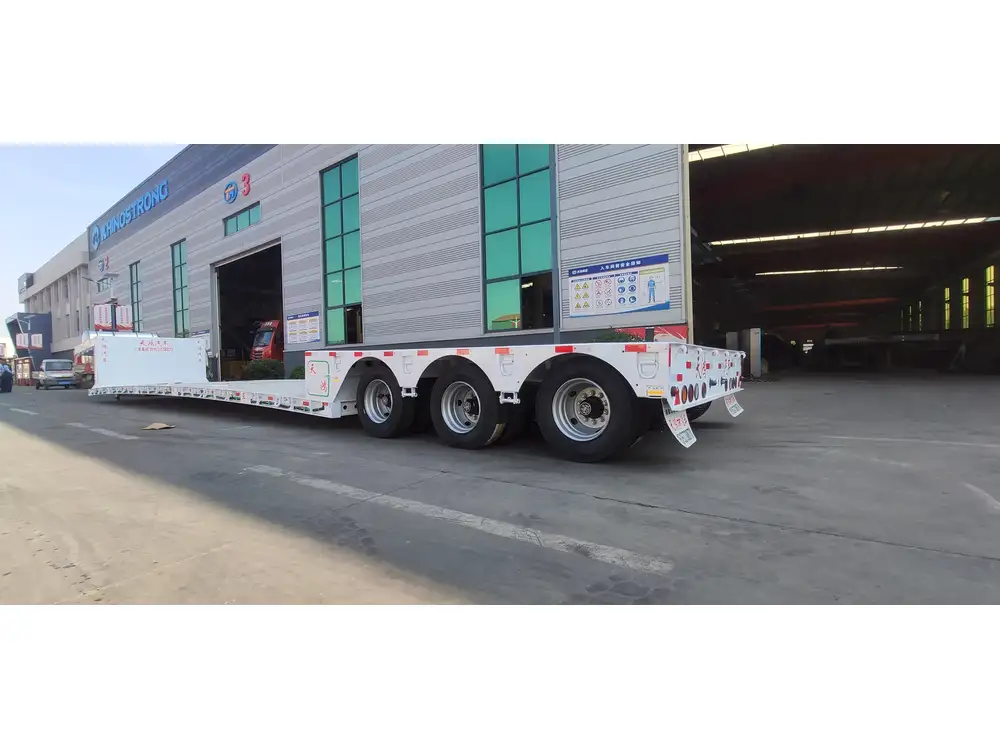
Conclusion
The question, “Can I put a shipping container on a trailer?” opens a pathway to various considerations, regulations, and methodologies. Understanding the relevant laws, gauging the container’s weight, choosing the appropriate equipment, and taking safety measures all play critical roles in effectively transporting a shipping container.
Making informed decisions, understanding local regulations, and considering alternative methods will lead to a safer and more efficient logistics operation. By arming oneself with knowledge and preparation, the task of moving a shipping container on a trailer transforms from an overwhelming challenge to a manageable venture, allowing businesses and individuals to tap into the vast potential of shipping containers.
By doing so, we can not only ensure compliance but also leverage the full utility of shipping containers in our professional and personal endeavors.



